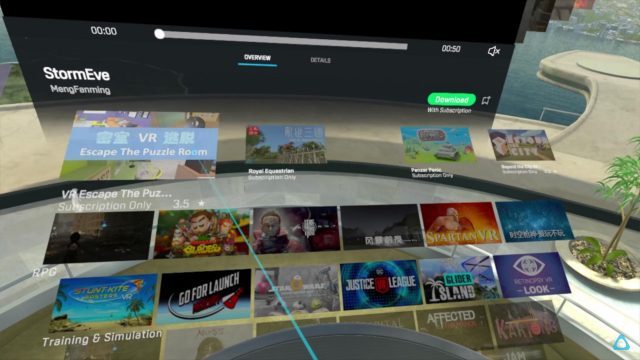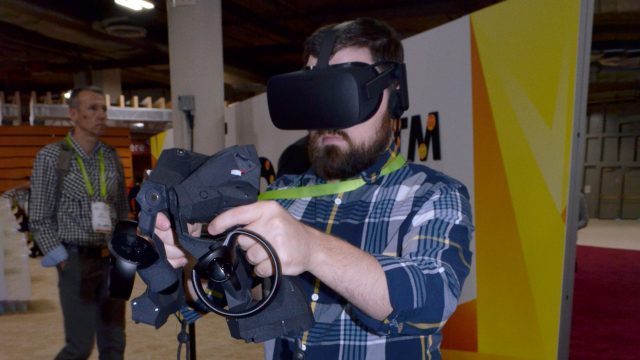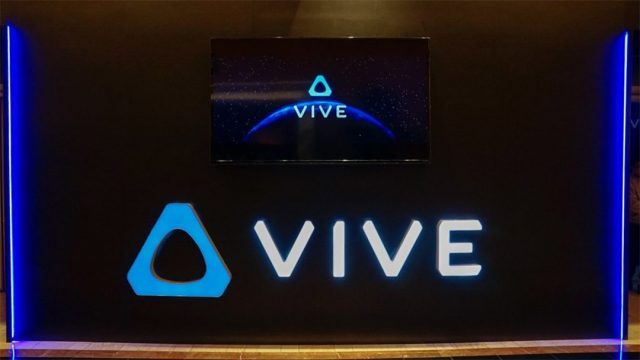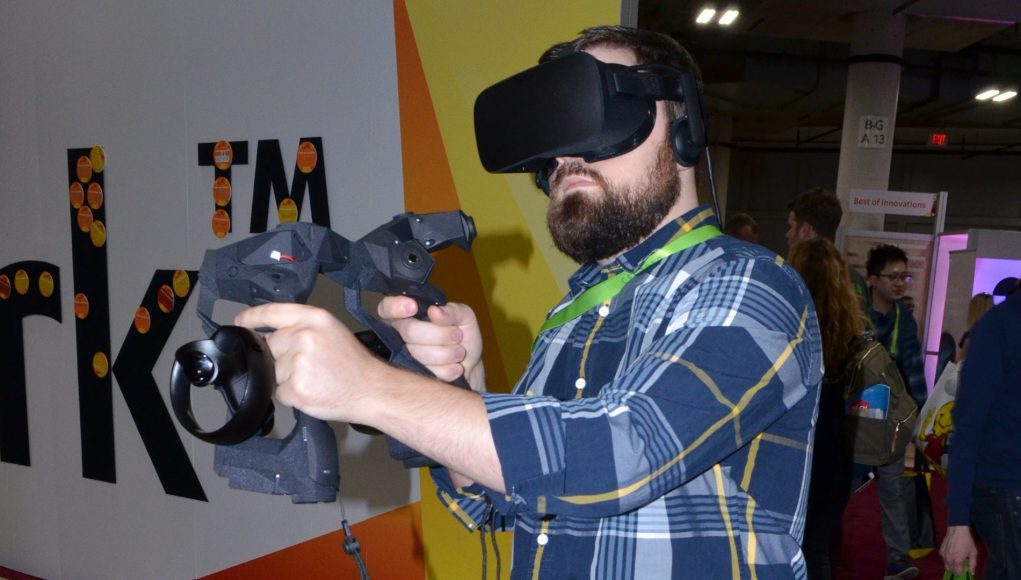Welcome to our third day of CES 2018 coverage: Viveport gets VR previews, we go hands-on with Tactical Haptics’ latest prototype, Vive Pro to come with ‘refreshed’ controllers but not ‘Knuckles’, and TPCast brings wireless tech to Windows Mixed Reality.
Viveport Receives Radical Redesign

Described as the “biggest upgrade to the Viveport customer experience since launch,” HTC is looking to offer more VR-centric browsing in their own software store. This is enabled with a new ‘home’ area that serves as a new launchpad for content, which supports new “VR previews”. These interactive 3D environments aim to make content discovery more immersive and more representative of the product. The real-time previews aren’t intended to be full demos, just small tasters designed to load quickly. The new Viveport is currently in early access.
Hands-on with Tactical Haptics’ Latest ‘Reactive Grip’ Controller

We check out the latest prototype from Tactical Haptics, a pair of motion controllers that can combine together in various orientations on-the-fly via magnetic sockets. The support for multiple dual-handed ‘poses’ adds another interesting feature to the Tactical Haptics hardware, which uses a unique feedback system that applies friction and shear forces to the hand to create various tactile illusions. The prototype being shown at CES has sockets that allow for several alternative poses that the company is testing for viability; the final form is likely to use a subset of these.
HTC’s Vive Pro isn’t Shipping with ‘Knuckles’ controllers

HTC has confirmed to Road to VR that the Vive Pro will not launch with Valve’s ‘Knuckles’ controllers, which are seen as potential ‘next-gen’ motion controllers for SteamVR. Following the reveal of their new flagship VR headset at CES this week, there was some hope that the controllers might receive improvements. The company says the Vive Pro will indeed be available with ‘refreshed’ wand controllers, using the SteamVR Tracking 2.0 sensors, later this year, but they won’t be ‘Knuckles’.
TPCast Coming to Windows Mixed Reality

TPCast have announced plans to bring their wireless technology to Windows ‘Mixed Reality’ devices, in the form of an OEM reference design that can support all WMR headsets. TPCast aims to transition to an OEM business model, licensing their patented wireless technology to other HMD manufacturers. TPCast says their multiple-channel 60GHz solution meets the extra data transmission demands of WMR, which uses an ‘inside-out’ tracking system.
– – — – –
Check back tomorrow for our ‘day four’ round-up off all things augmented and virtual at this year’s CES.







